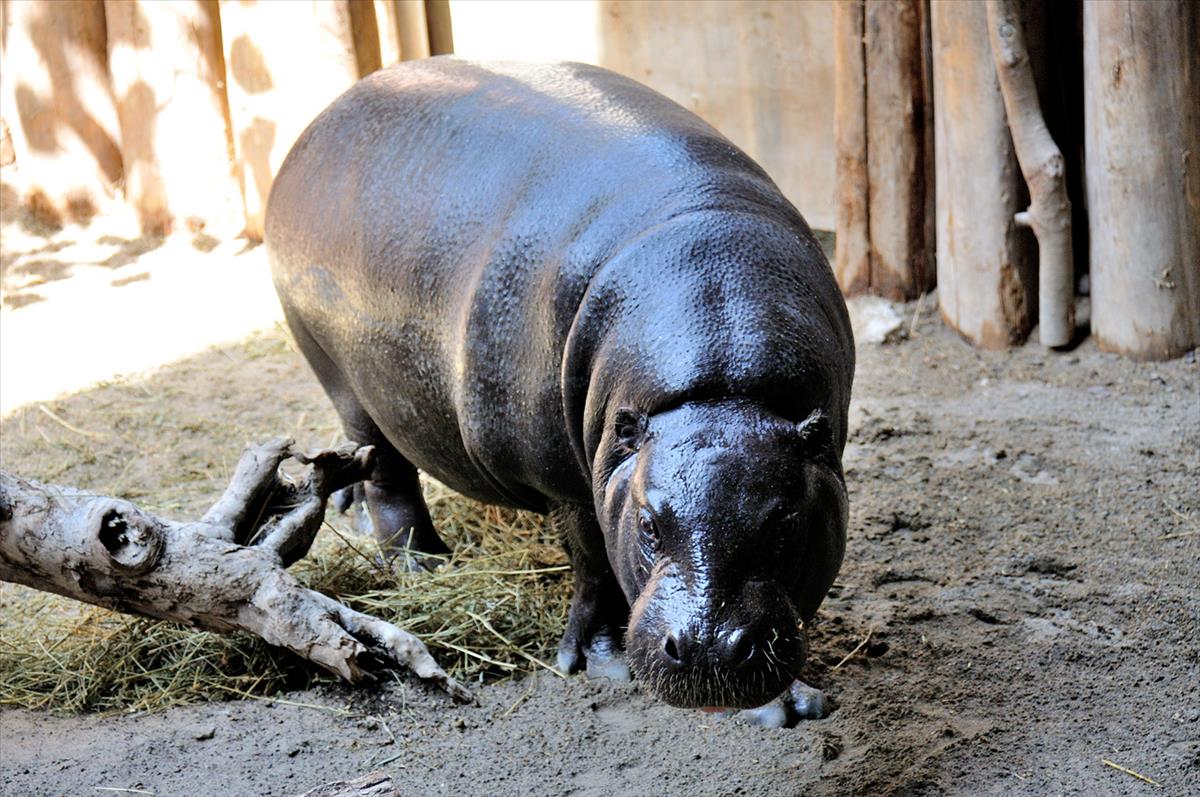Alerts
Please be advised that our bird aviaries are open!
Your Toronto Zoo is committed to the health and safety of the animals in our care. We take proactive steps to protect our birds from Avian Influenza which has been confirmed in a wild bird in southern Ontario, and some birds may still be off display.
Please note Splash Island is still closed and will not open until July due to unforeseen delays in construction. Please watch for updates on https://www.torontozoo.com/tz/splash or on our social media pages. Thank you!
Please note the following animals are currently not on display due to various reasons including Avian Bird Flu, and Covid-19 sensitivity:
- Flamingo, peacock, owl, bald eagle, and aviaries
- Some Kids Zoo Animals
- Cougar
- Moose
- Kangaroo walk through (kangaroos are still visible)
- Axolotl
We apologize for the inconvenience!


Mammal
Location at the Zoo:
African Rainforest
Region: Africa
Pygmy hippopotamus
The pygmy hippo may resemble a miniature river hippopotamus, but there are structural differences. It is considerably smaller; the head is rounder, proportionately smaller and not so broad and flat. The nostrils are large and almost circular, the eyes are set on the side of the head and do not protrude, the legs are proportionately longer and only the front toes are webbed. As well, the pygmy hippo has only one pair of upper incisors compared to the river hippo’s two pairs. The feet have four toes each with sharp nails. Length of head & body: 1.5 m – 1.8 m, Height to shoulder: 0.8 m, Weight: 160 - 270 kg.Conservation Status: IUCN
